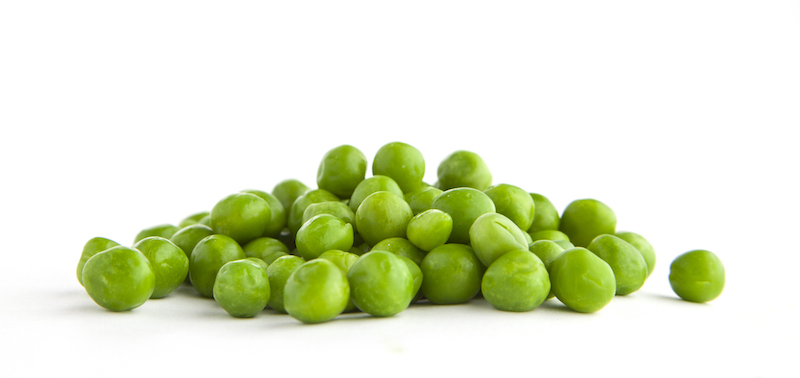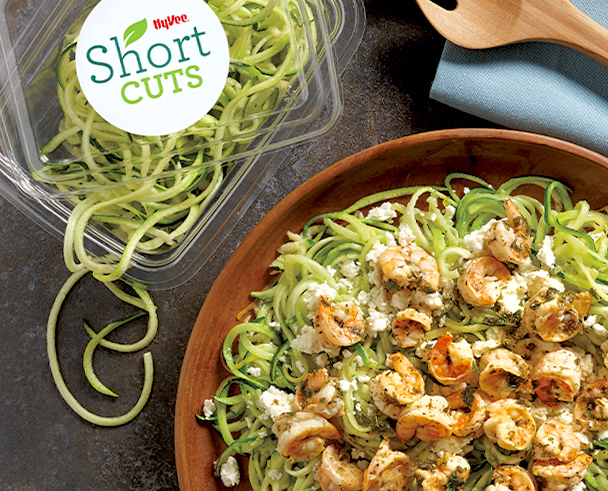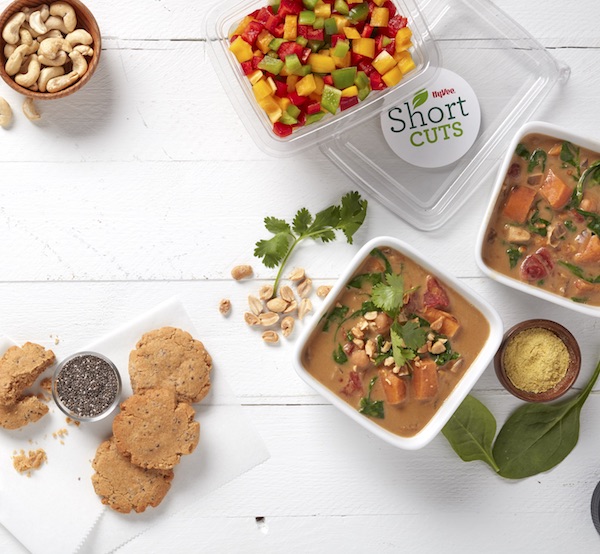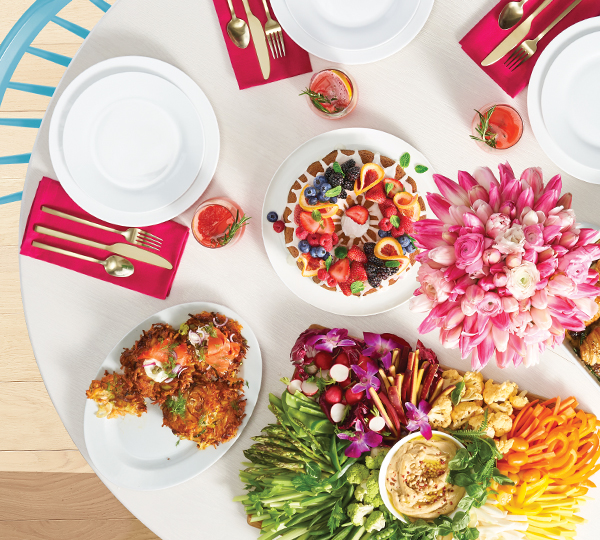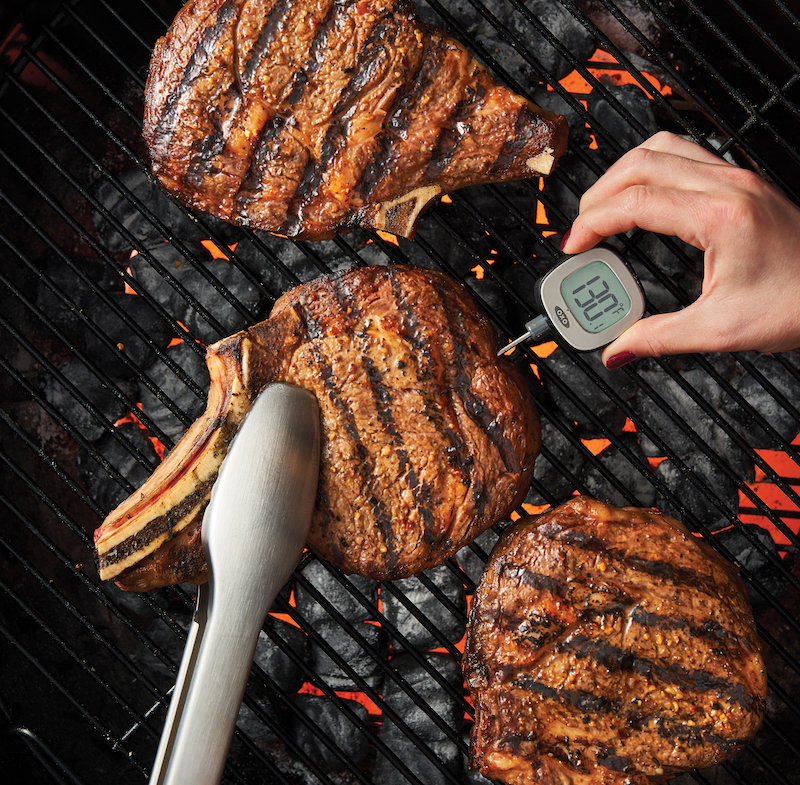Spring Produce
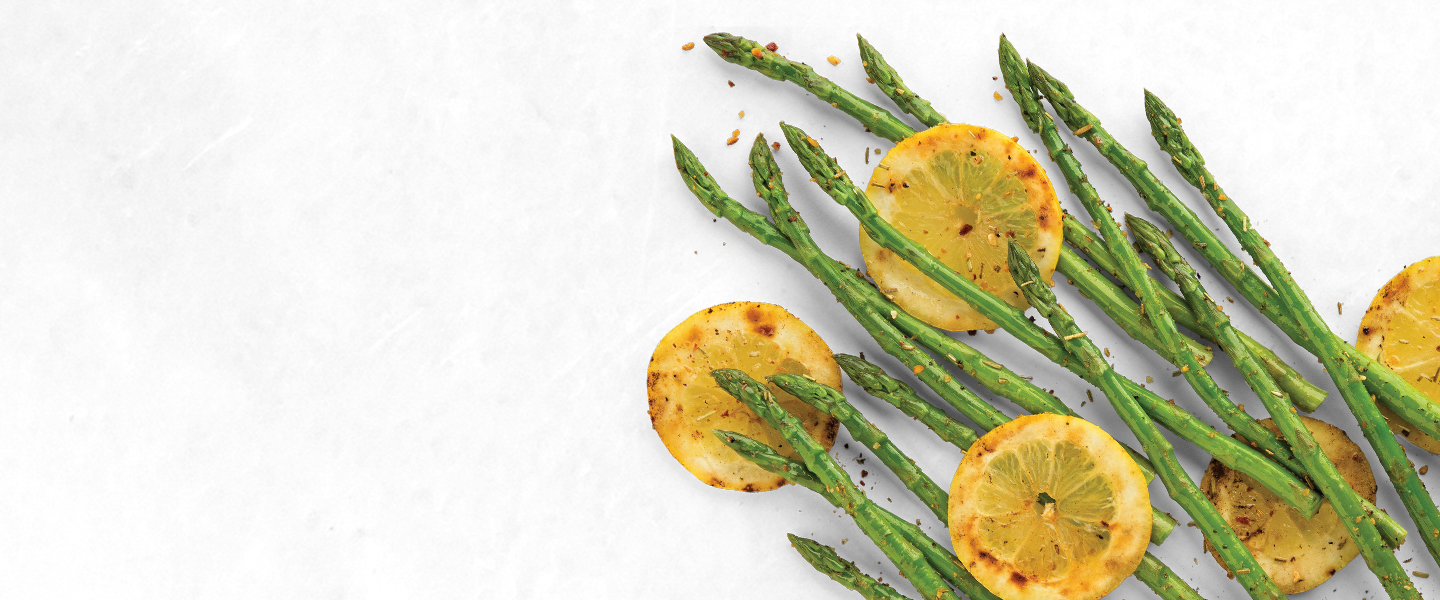
First, Learn the Leafy Greens
For building better salads (and pizzas), leafy greens not only add a variety of flavors and texture, they also provide nutrients that can reduce the risk of heart disease and high blood pressure.

Spinach is available year-round, but it's best in spring, since it likes to grow in cool weather. Spinach should be slightly crisp and bright green.
Uses: Salads, obviously, but also try blending fresh spinach with olive oil and Parmesan to make a simple pesto sauce.
Lettuce Help You
Learn about the year-round leafy greens that turn sad salads into happy salads.
And Then the Non-Leafy Greens
If it's spring, then these lean green veggies are at their peak. Each of these contains an important prebiotic called inulin, a type of fiber that's good for your digestive tract.
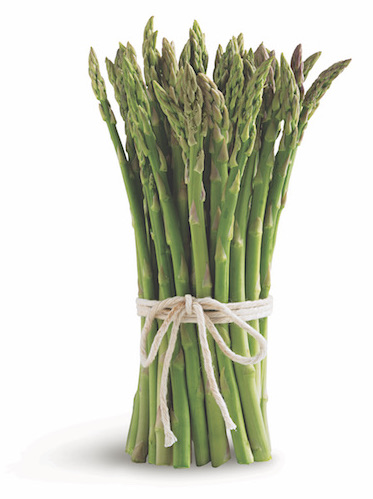
Sweet, tender asparagus is rich in folate, fiber, and vitamins A, C, and E. Store asparagus tightly wrapped in a plastic bag for up to a week in the fridge.
Uses: Um, everything. To prepare: wash, dry, and snap off the bottom inch of each spear. Then roast it, grill it, or steam it. From raw salads to pastas, quiches, and omelets, there's always room for asparagus.
Know Your Spring Roots
Root, root, root for these vegetables in the spring. Each variety is loaded, and we mean loaded, with healthful vitamins and nutrients.

From cakes to kimchi, is there anything carrots can't do? They can even help your eyes, help prevent cancer, and promote healthy skin. If buying whole carrots, rinse under cold water, cut off the greens, and peel just before eating or cooking.
Uses: If you want to get adventurous, consider a veggie pancake, carrot fries, or even a carrot pasta. Or keep things simple but amazing and throw them on the grill.
We Root for Carrots
Carrots aren't just vehicles for eating Ranch. Check out the wild ways we're using carrots.
And Finally, Spring Fruits
And you thought this was all about veggies. Well, technically, rhubarb is a vegetable. Who knew?

Sweet and aromatic, it's no wonder strawberries are among the most popular berries consumed. While in some parts they grow practically year-round, they begin to peak in April.
Uses: Rinse berries just before consuming. Then use for shortcake, fruit pizza, homemade jam, and strawberry salsa.
Also see, 9 Reasons to Use Berries in Salads and Sandwiches.
Related Content, Main Dish
Set the Berry Bar
Sure, you could sprinkle berries on yogurt ... or you could make something amazing.





